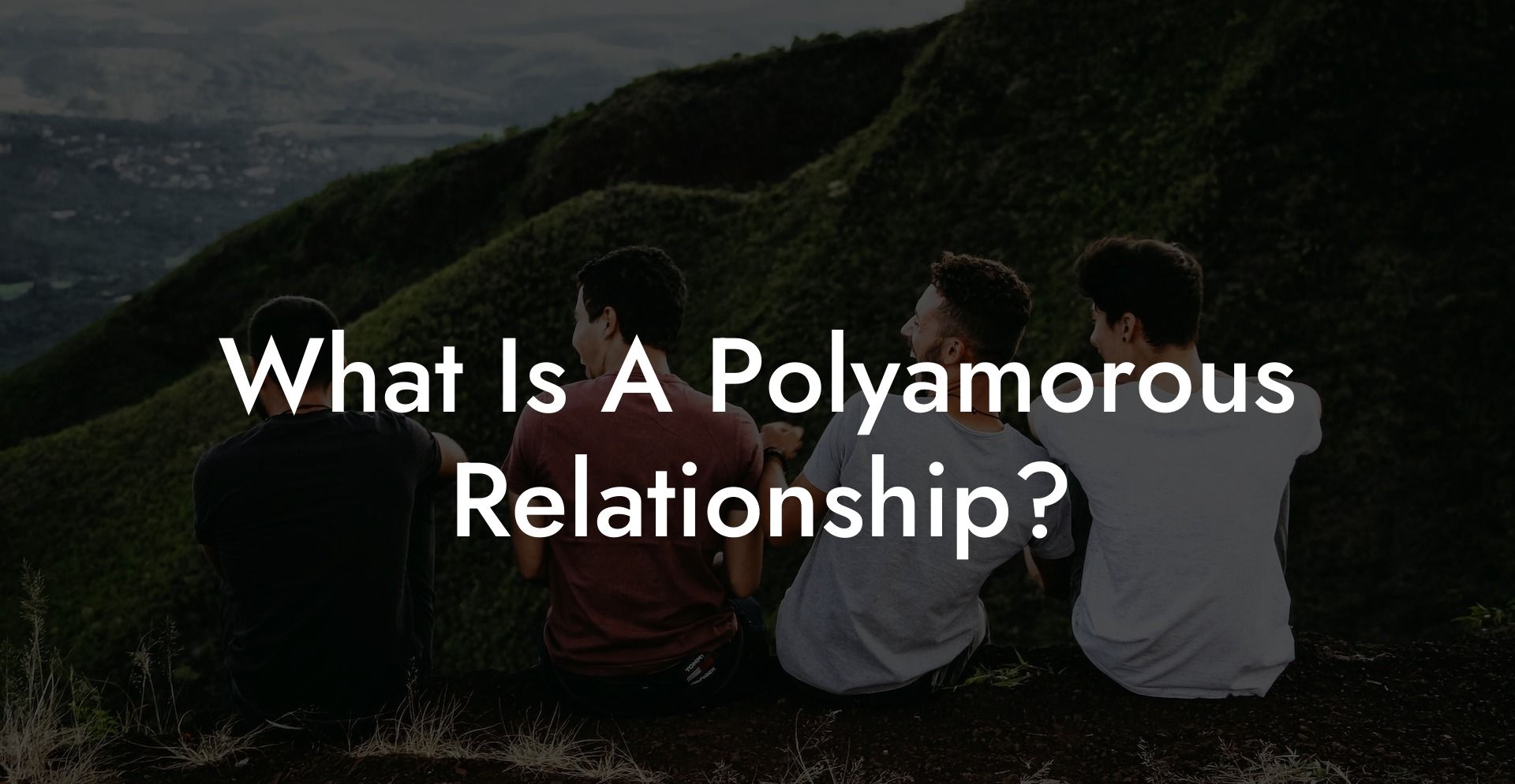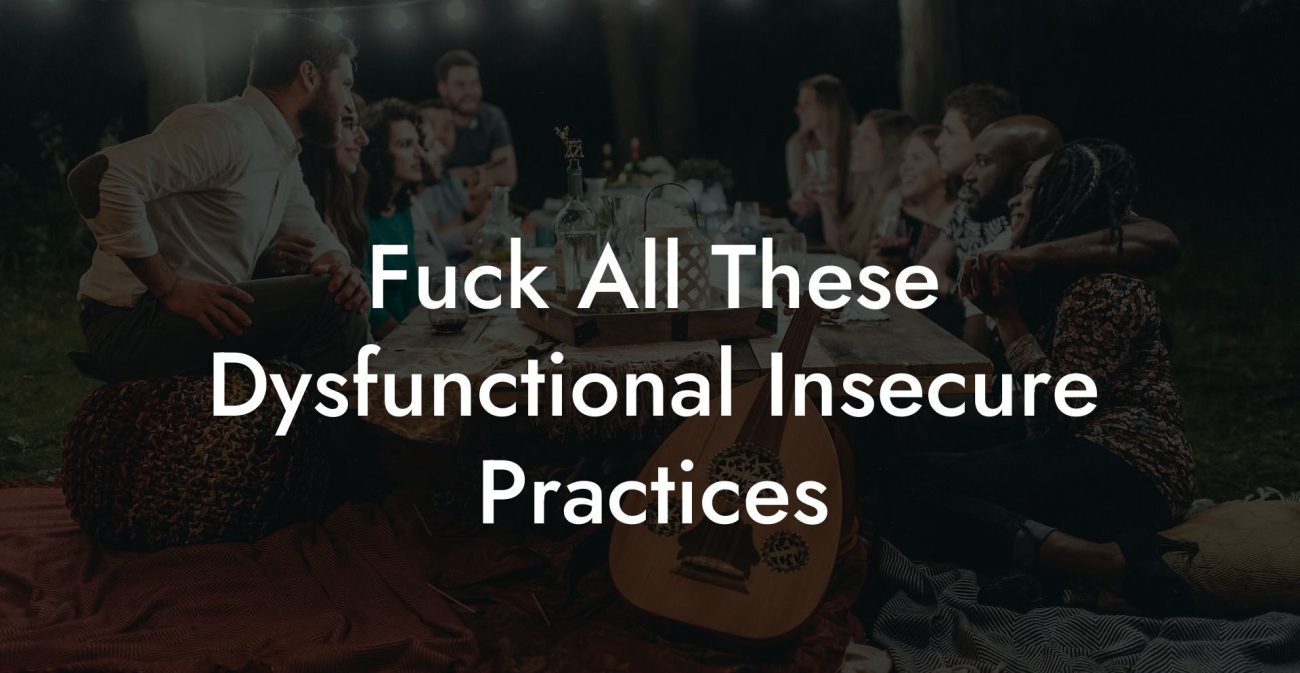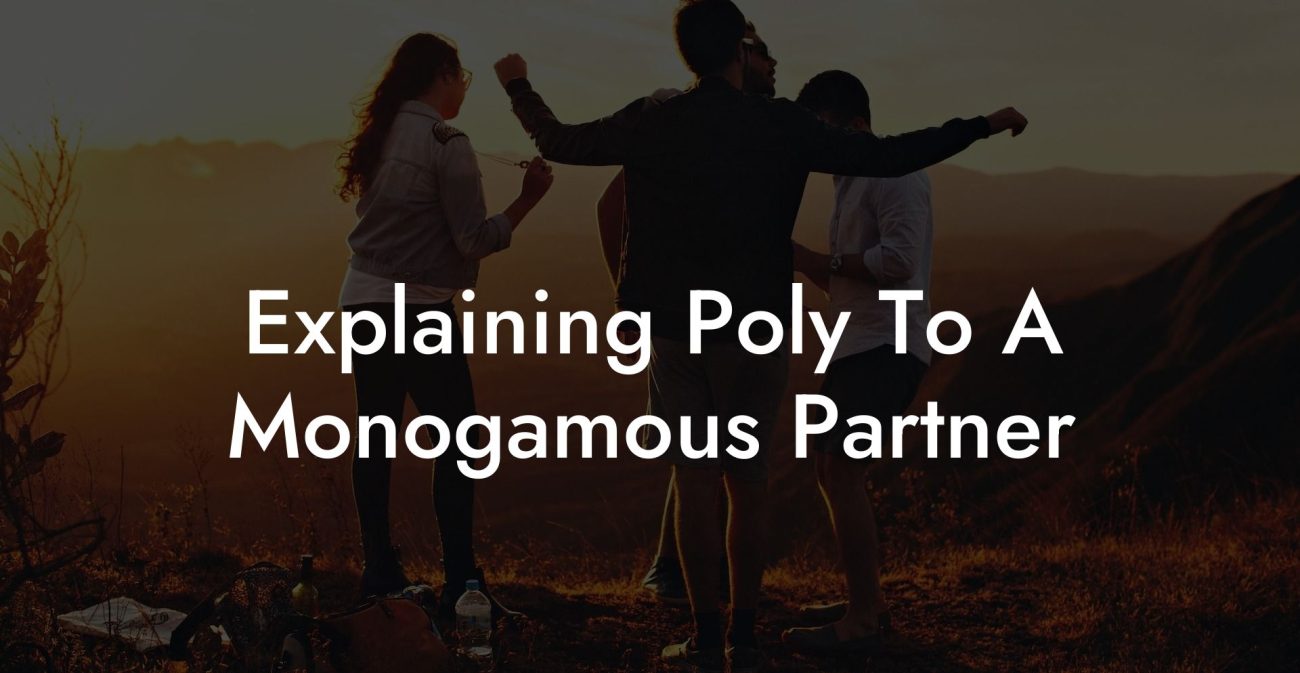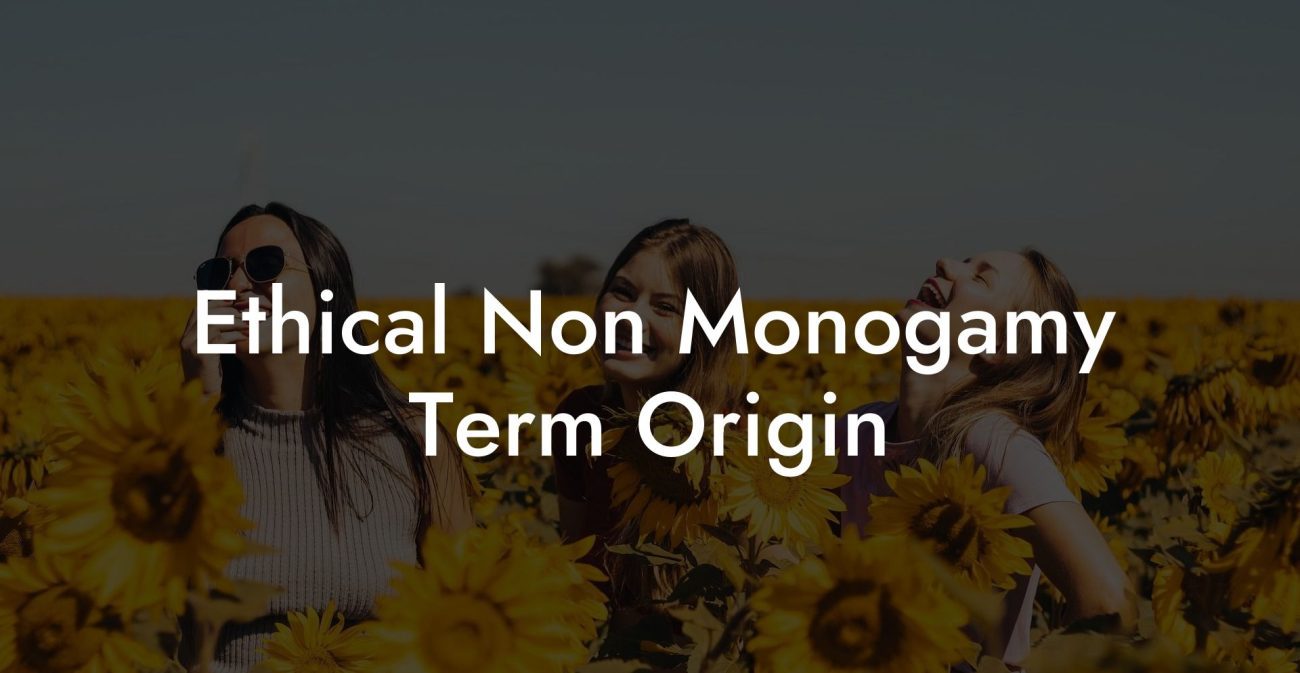In a world where monogamy has long been considered the norm, the idea of polyamorous relationships might raise a few eyebrows. But as society continues to evolve, so do our ideas about love and commitment. The Monogamy Experiment is here to explore the fascinating world of non-monogamy, monogamy and polyamory—and we're diving right into the heart of the matter with this guide on polyamorous relationships. So, what exactly is a polyamorous relationship, and how does it differ from traditional monogamous partnerships? Grab a cup of coffee and join us on this enlightening journey into the boundless realms of love and connection.
What Is A Polyamorous Relationship Table of Contents
A polyamorous relationship is one in which an individual participates in multiple romantic or sexual partnerships at the same time, with the full knowledge and consent of all parties involved. It is a form of ethical non-monogamy, which means that all partners are aware of, and agree to, the non-monogamous nature of the relationship.
While polyamory itself is not a new concept, the term "polyamory" was allegedly coined by Morning Glory Zell-Ravenheart in 1990, and it has since become more widely recognized and accepted in recent years.
Fundamental to polyamory is the belief that love and connection need not be limited to just one person. Instead, polyamorous individuals believe that they can form deep, meaningful relationships with multiple people without detracting from the love they have for each of their partners.
Polyamorous relationships come in various forms, and no two are exactly the same:
Hierarchical polyamory
In this form, there is a primary relationship, which is considered to be the most important partnership, accompanied by secondary and tertiary relationships.
Non-hierarchical polyamory
All relationships are considered equal and there is no primary or secondary partnership.
Solo polyamory
Though involved in multiple relationships, a solo polyamorous individual prioritizes their autonomy and does not have a primary partner or cohabitate with any of their partners.
Polyfidelity
In polyfidelity relationships, all partners are committed to only being involved with each other, forming a closed group within their polyamorous network.
Polyamorous Relationship Example
Let's consider a realistic example: Jess and Alex have been in a monogamous relationship for three years. Over time, the pair come to realize that they both feel a desire to experience love and connection beyond their existing partnership. After discussing this at length, they decide to explore polyamory.
Jess and Alex agree that they would like to pursue a hierarchical polyamorous relationship, meaning that they will still consider each other their primary partners. As such, Jess starts dating Chris, with whom she shares a deep emotional connection. Meanwhile, Alex begins a romantic relationship with Sam, who also happens to be polyamorous.
Jess, Alex, Chris, and Sam maintain open lines of communication, ensuring that all emotional and physical boundaries are respected. Their relationships, though different, are all built on the principles of trust, consent, and love.
Whether you choose monogamy or polyamory, what is most important is to understand and respect the choices that others make regarding their relationships. The world of polyamory is an ever-evolving landscape filled with love, connection, and empathy. Understanding the different types of polyamorous relationships is essential in breaking down the stigma surrounding non-monogamy and expanding our knowledge of love and connection.
If you found this guide helpful and thought-provoking, make sure to share it with friends and family who may be curious about polyamory. And don't forget to explore our other guides on The Monogamy Experiment, as we continue to learn and grow together in our understanding of love, commitment, and the unique ways in which we connect with one another.













